Series: Choosing an alcohol free life
Drinks have been a beloved shikohin since ancient times, especially alcoholic ones. In Japan it is said that large scale sake brewing started about 2,000 years ago, along with the beginning of rice cultivation. Even today, alcohol continues to be a popular shikohin.
On the other hand, some changes are arising in how alcohol is perceived. There is a growing number of people who are choosing a sober curious lifestyle and the notion that alcohol is the shikohin of choice for adults is gradually crumbling. So what significance does alcohol have in our modern lives and what changes are behind the shift towards sober curious lifestyles?
In this series, “Choosing an alcohol free life”, critic Tsunehiro Uno will speak with intellectuals of various backgrounds to discuss the current status of alcohol as a shikohin and the lifestyle behind adults who are choosing a sober life.
For the fifth article of this series we welcome Chinese literature scholar and critic Ryota Fukushima. We will explore the role of sake and alcohol in historic Japanese and Chinese literature and what roles alcohol and shikohin will play in the future.
There is a double layer in the addictive nature of alcohol
Uno: To start off, what is your personal relationship with alcohol?
Fukushima: I am not a strong drinker so I do not drink on a daily basis, but when I travel domestically in Japan I always try out the locally made sake. Japanese sake is made from the local rice and water, so in a way it has a very strong connection to the land. As a way to physically connect with the local region, I make a conscious effort to drink the local sake.
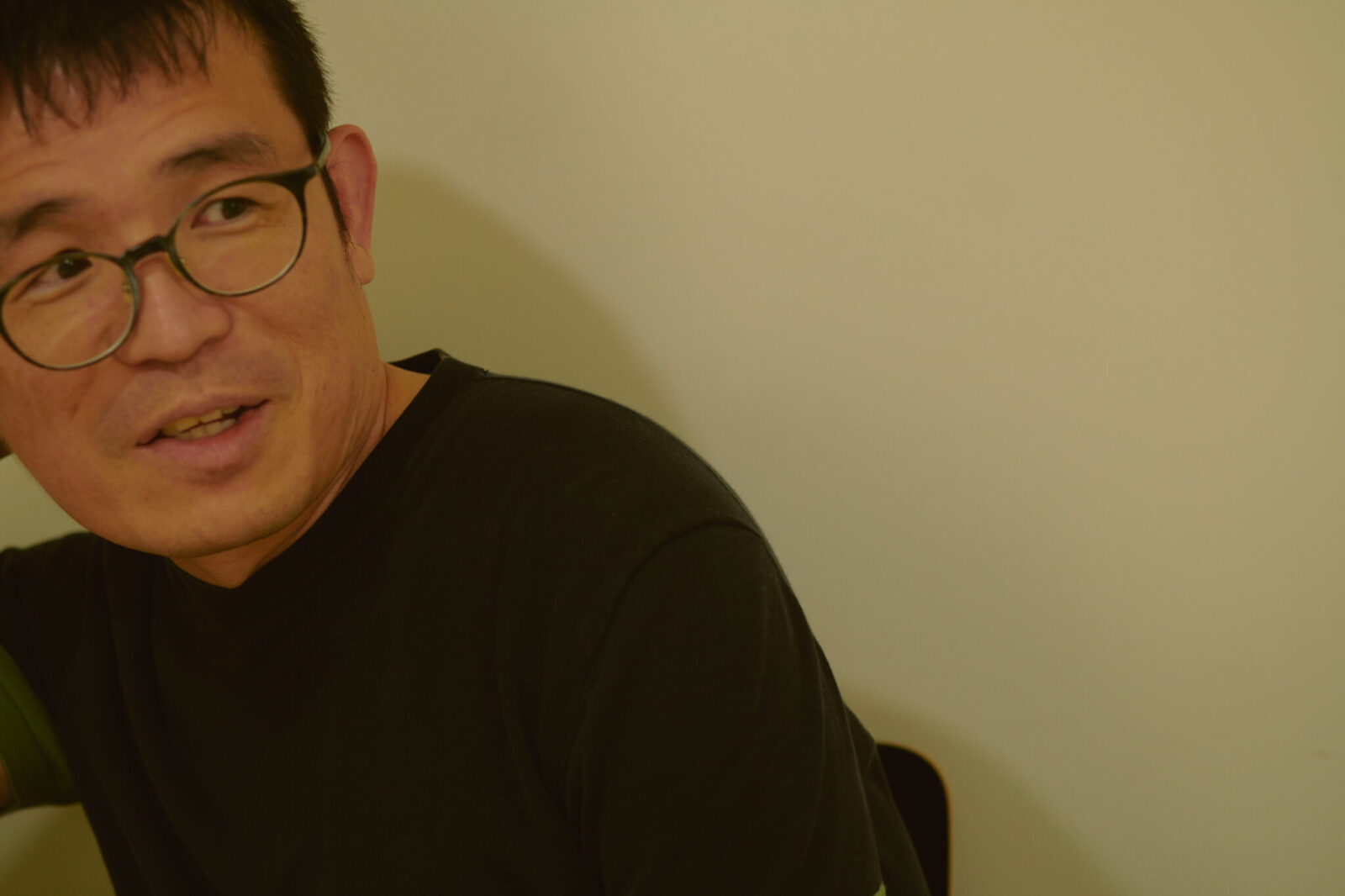
Uno: That is a very nice way to enjoy alcohol. We have known each other for a long time so you know that for over ten years now I have stopped drinking alcohol. I used to drink on social occasions, but I had a very bad experience with drinking in a work-related setting and stopped drinking ever since.
What do you think about “nommunication culture”, or the Japanese culture of using alcohol in work settings to promote communication?
Fukushima: I think that communication through drinking alcohol is deeply rooted in Japanese corporate culture.
For example, it is not common in China to go out for a drink with colleagues after work. Although you may go out for drinks with friends, there are few work related drinking parties. I think the culture in Japan where people spend all day with colleagues and even try to socialize with them over drinks in the evenings is quite unique to Japan. Of course, I think it is fine for people who genuinely enjoy drinking to go enjoy drinks together.
I think that alcohol is a useful tool in maintaining “weak social connections.” When you are meeting friends you haven’t seen in a while, a drink helps ease the conversation. Or in large banquets or parties, alcohol is helpful in creating bonds with people who you do not really know very well. On the other hand, the semi-mandatory nature of “nommunication” in Japan also acts to make strong social connections very stronger.
As pointed out by social anthropologist Chie Nakane, the reason behind the common work related drinking comes from the characteristic of Japan being a “tate-shakai”, or a “vertically structured society”, which separates groups of people into those inside and outside a social circle.
Corporations became a vertically structured society that is similar to a pseudo-family, and members of the group are connected more emotionally than contractually. Drinking is used to emphasize this. Additionally, I think the fact that Japanese companies have long been male-dominated also plays a significant role.
One interesting point was made by Robin Dunbar in his book, “Friends: Understanding the Power of our Most Important Relationships” on how the way men and women maintain relationships are different.
According to Dunbar, there is no difference in the level of intelligence between men and women, but there is a difference in how they build relationships with others.
Specifically, men often spend time with other men by being together in a shared space or working together, but do not really talk. For example, they may sit side by side and fish in silence. (laughs) On the other hand, women build relationships with each other by talking. Of course, there are individual differences and exceptions, so we should not generalize too much, but I think it is an interesting theory.
Using Dunbar’s theory as a reference, perhaps it was difficult to initiate conversations in male dominated Japanese companies. Of course, simply sharing a space or task can create a sense of camaraderie, but that is not enough communication to get a job done. I think it is because of this that Japanese companies enforced drinking parties after work to instigate conversation and communication. Perhaps it was a way to make up for the men’s lack of verbal communication skills.
Uno: This may not be limited to company drinking, but communication through drinking is considered a way to share honest thoughts and communication by sharing the experience of being drunk. When we are sober, we are careful to only say what is appropriate, but when we are drinking we speak our true mind and thoughts. This is what makes people feel that they are an accepted member of the group or community that they are drinking with.
I feel that this method of communication has become instilled in many people and they have grown so accustomed to it that they have forgotten how to communicate otherwise. As a result, it has become difficult to maintain group order outside these small groups where people are forced to “read the air”. In other words, we have become addicted to the “nommunication culture” of communicating with the help of alcoholic drinks.
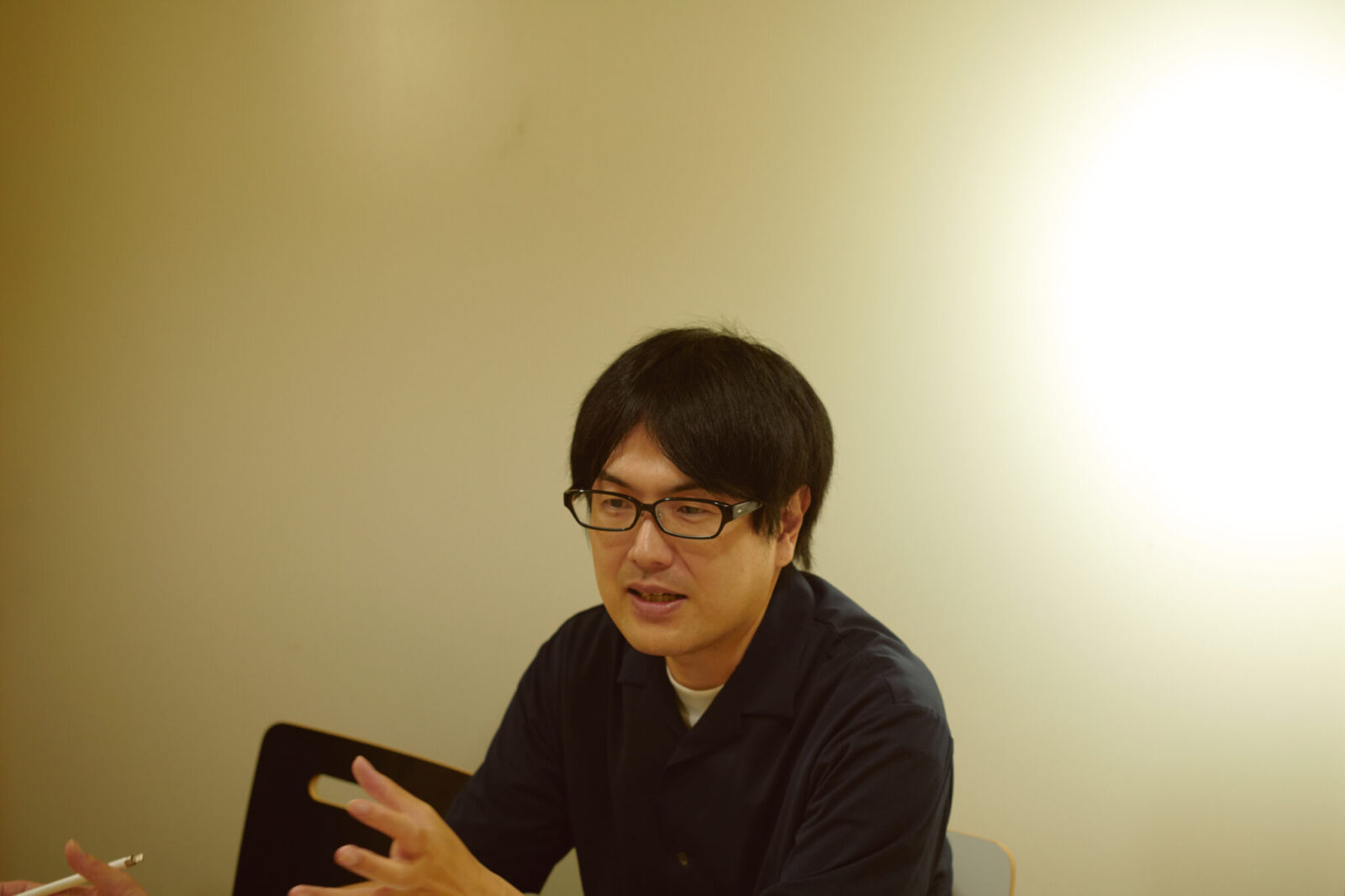
Fukushima: Perhaps that is so. It is well known that excessive consumption of alcohol can lead to addiction, but perhaps the way we use alcohol can also be addictive in nature.
Uno: I think there is a double layer in the addictive nature of alcohol.
Heian literature was a culture that excluded alcohol
Uno: Earlier we touched slightly on drinking culture in China. You specialize in Chinese literature, but what is the role of alcohol in Chinese culture compared to Japanese culture?
Fukushima: I think it is fair to say that Chinese literature always walked hand in hand with alcohol and drinking culture. Alcohol is an indispensable part of Chinese literature.
An important pioneer of this culture was Cáo Cāo in the Three Kingdoms and the Seven Sages of the Bamboo Grove.
Cáo Cāo is known in Japan as being a military politician, but he was also a renowned poet along with his sons, Cao Pi and Cao Zhi. It is said that Cáo Cāo’s poems were composed and read at drinking parties in military camps and there is a famous phrase that reads, “I lift my drink and sing a song, for who knows if one’s life is short or long?” This poem gives the impression that drinking deepens one’s feelings towards life and the world. Cáo Cāo was a politician who made deep connections between poetry, war and alcohol. On the other hand, his contemporaries, which are the “Seven Sages of the Bamboo Grove”, were like hippies and they also used alcohol and drugs to enhance their literary imaginations.
The interesting thing about the poets and literary persons of the age of the Three Kingdoms is that they created a kind of literary revolution against the backdrop of alcohol and drugs. This point was further emphasized by the writer, Lu Xun, and the influence of these writers simplified writing styles and rhetoric which led to more free and open-minded thought and literature. By simplifying the use of language, it became possible to put complex thought into poetry and songs. That was the revolution of literature that happened at this time.
This revolution allowed deep expression of emotion without it becoming one-dimensional. Chinese poetry was always antiphonal, so it is structured in a much more three dimensional way compared to Japanese waka poetry.
In general, I think that Chinese poetry uses alcohol to give emotion more dimension. When one drinks alcohol, it tends to lift our mood and then sometimes it can suddenly make us feel down. The poets of the age of the Three Kingdoms utilized these emotional changes that alcohol instigates and created multidimensional poems using simple yet rich language.
Japan was influenced by these trends as well. It was Ōtomo no Tabito, a poet that represents the Man’yōshū (Collection of Ten Thousand Leaves), that attempted to include alcohol in Japanese literature.
Uno: So there was a movement in the 7th and 8th century to incorporate alcohol in literature in Japan?
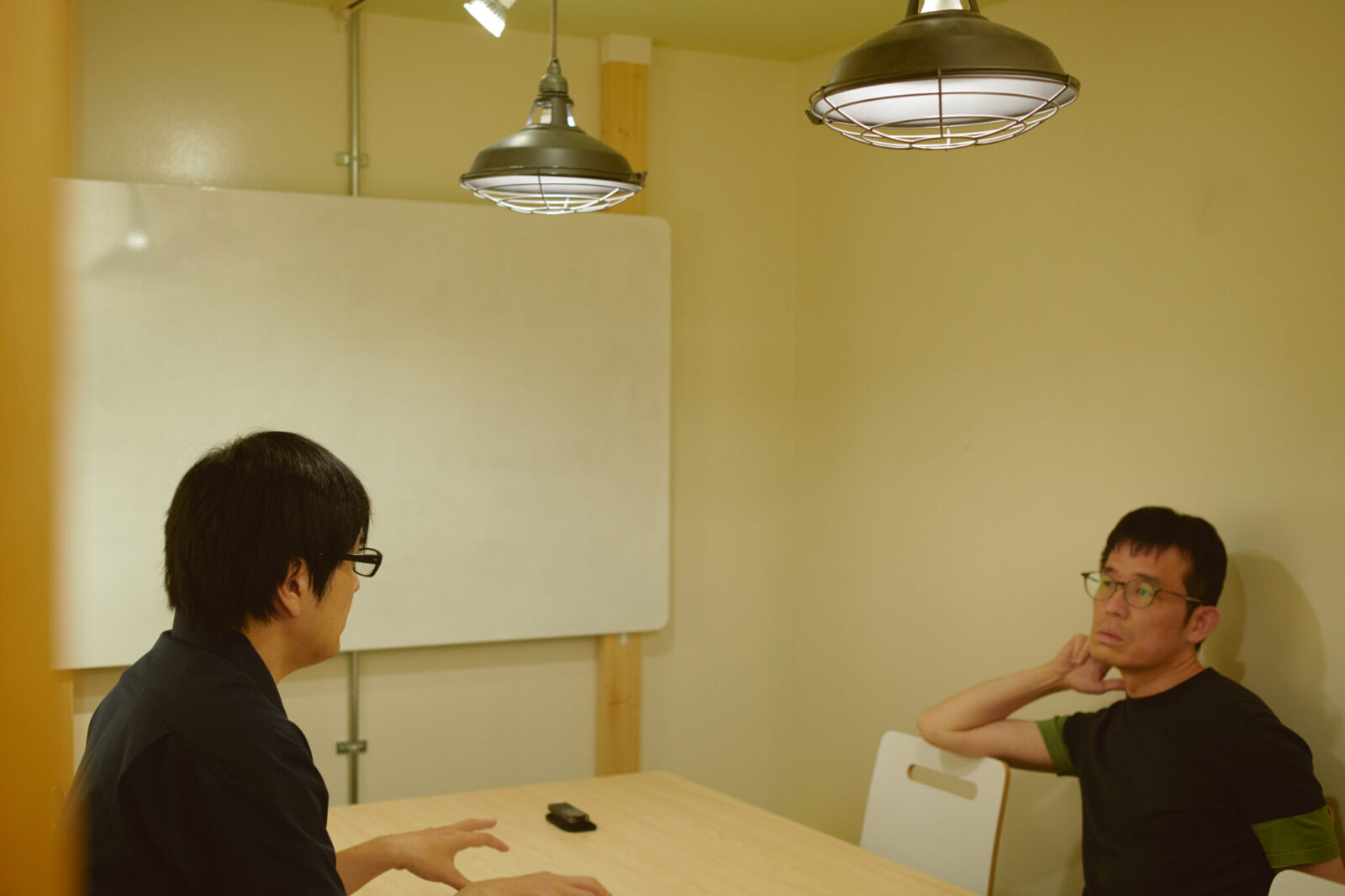
Fukushima: Yes. To give a slightly exaggerated description, it was like Ōtomo no Tabito cosplayed as a Chinese poet at the time, and in order to do so he had to include alcohol in his poetry. To prove this point, there is a poem by Ōtomo no Tabito that sings praise of sake in the Man’yōshū (Collection of Ten Thousand Leaves) collection. However, in a way this was a form of self-aware simulationism and partly comedic. There is even a poem that sings, “I want to be a sake pot.” (laughs)
This is also true for the poem “Umehana no utage” (the song of plum flowers) of Dazaifu, in which Ōtomo no Tabito attempts to compose a song that has an almost jazz like improvisation. It was an improvised song that utilized the power of alcohol and setting. This way of writing poetry was very experimental, but I think that the efforts of the literary artists of that time were erased by the next generation of poets, specifically Ki no Tsurayuki, who was the composer of the Kokin Wakashū (year 905).
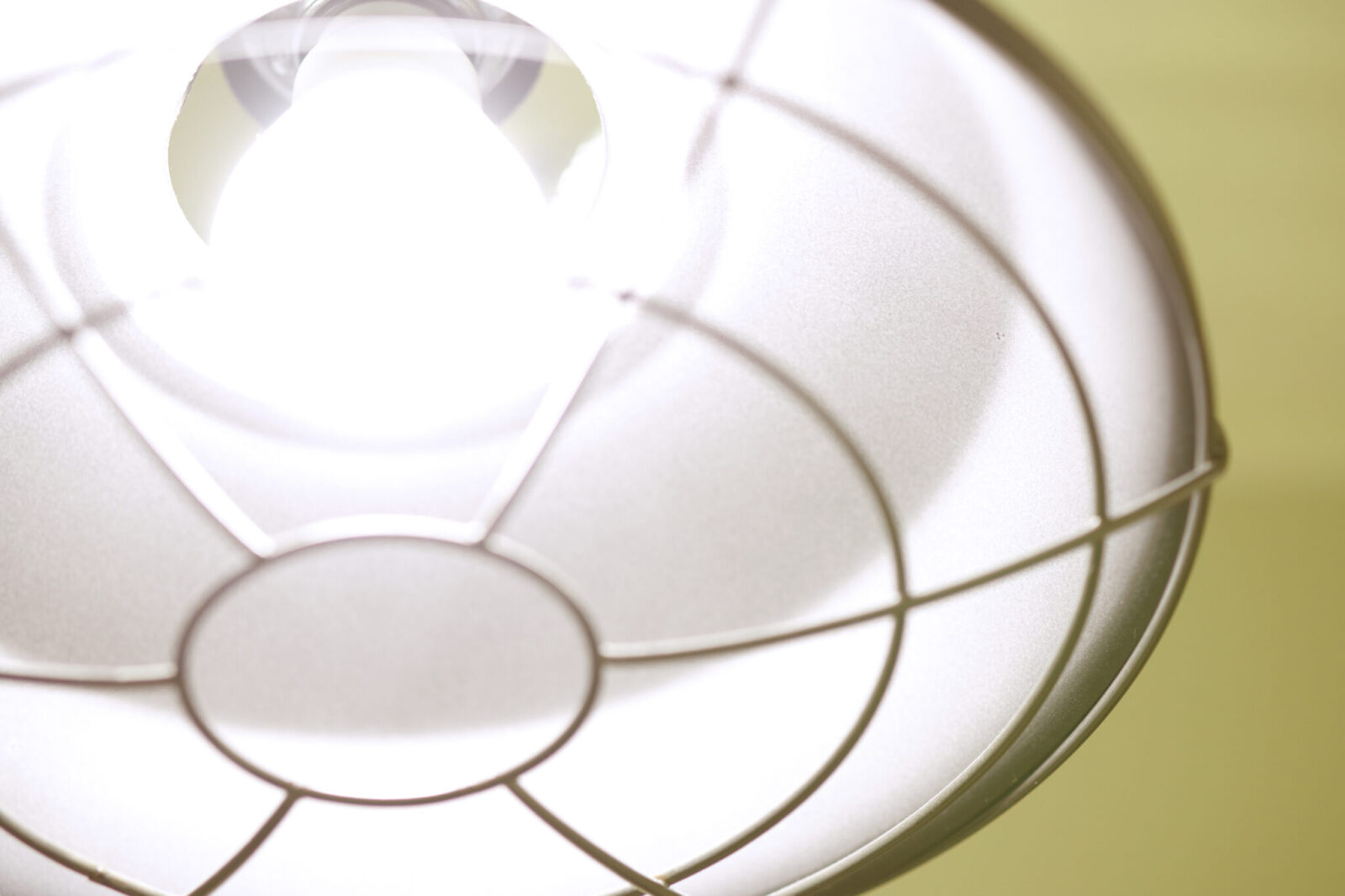
Uno: You think that the influence of alcohol culture once declined in the age of Kokin Wakashū?
Fukushima: I don’t think there is hardly any mention of alcohol in the poems of Kokin Wakashū. At least there were no poets that created literary works with Chinese-style influences like those Ōtomo no Tabito sang in banquets of the past. I feel that the influence of Chinese style poetry that included alcohol appeared only momentarily in Man’yōshū and then ended soon after.
Kokin Wakashū is symbolic of Japanese culture and style, but it can also be said that Heian literature was a culture that excluded alcohol.
Uno: So the Japanese shifted away from kanji characters at the same time they moved away from alcohol?
Fukushima: My interpretation is that Ki no Tsurayuki was the first sober-curious literary figure in Japan.
Ki no Tsurayuki edited the Kokin Wakashū by excluding the influences of Ōtomo no Tabito and the presence of alcohol in culture. As a result, it is a collection of poems that can be interpreted as being very logical or like an aesthetic database. Yukio Mishima thought very highly of the Kokin Wakashū, but I think it is because of its very classicist nature which is almost mathematical.
Uno: Perhaps there was a movement to eliminate some of the obscene elements that existed in Kokin Wakashū in pursuit of a more logical aesthetic at that time.
Fukushima: I think so. Cáo Cāoand the Seven Sages of the Bamboo Grove and other famous Chinese poets such as Tao Yuanming, Du Fu and Li Bai were not just drinkers, but they were all thinkers or philosophers in a broad sense. For Chinese poets, writing poetry and deepening thought and philosophies had the same significance and meaning.
Ki no Tsurayuki was a very good critic and editor and Japanese culture was later developed based on the aesthetic database he created in his time. However, I think that perhaps it was he who eliminated the ideological nature of poetry along with the exclusion of alcohol in poetry. The circuit that connected poetry to thought and philosophy was severed during Ki no Tsurayuki’s era.

Has Japanese culture continued to fail to include alcohol?
Uno: I think Chinese poets were using alcohol to construct their world views. In other words, they incorporated alcohol into their reality and sublimated that reality into their creations.
Contrarily, after Ki no Tsurayuki’s era, alcohol was excluded from such “realities” or the public facade in Japan. In that sense, alcohol was pushed behind the scenes and became a part of the personal world which reflects people’s true and honest selves.
Perhaps that is why alcohol is still used as a tool to bring out our “honest and true selves” in Japan. If Ki no Tsurayuki had not excluded alcohol and chose to include it in the public and open world, perhaps the Japanese culture’s relationship with alcohol would have been different today.
Fukushima: Perhaps that is so. Although Chinese poets loved to drink, they also didn’t think getting drunk was a good thing. Confucius clearly wrote in The Analects that one must not drink to the point of losing oneself.
On the other hand, although getting drunk and saying things we normally would refrain from saying is not necessarily considered a virtue, it has become a strangely common custom in Japan. For example, getting so drunk and passing out on the streets is a bizarre act in practical terms, but it has become a common occurrence in city life. I think it is very strange indeed to use alcohol as such a destructive means.
Uno: I think people get that drunk because they are not savoring their drink. You cannot enjoy the taste of your drink when you are so drunk.
You said you enjoy drinking the local sake when you travel, but I assume you are truly enjoying the flavor of the sake. And as you said, your purpose is to connect with the local region which means you are reflecting your own world through savoring the sake. In other words, you are constructing your reality through sake. This is completely different from the social drinking of “nommunication” which uses alcohol to confirm one’s sense of community.
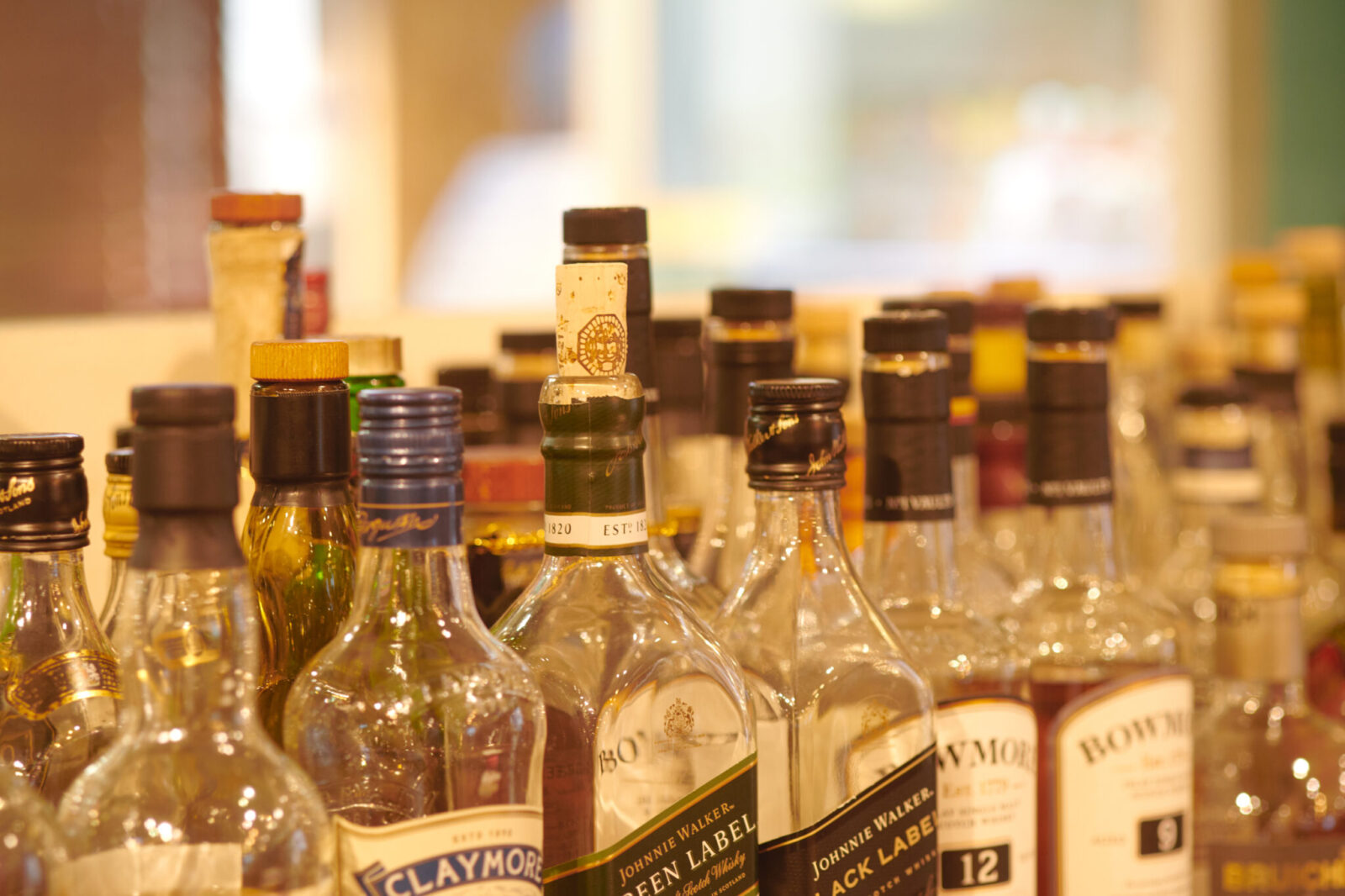
Fukushima: That’s true. It is more for experiencing the flavor of the local land, so there is absolutely no social element to it.
If we go back to the discussion on Ki no Tsurayuki, I think he turned poetry into symbols that expressed aesthetics or beauty. One of the symbols was the game of replacing gender, such as expressed in the works of Tosa Nikki. I think that the database for what is considered to be beautiful in Japan was once separated from reality or life in the real world.
However, poems written by Du Fu and Bai Juyi were also records of their thoughts and philosophies and are their autobiographies. Chinese poets used alcohol to evoke the range of their emotions and expressed their ideas about their real lives in their poems. In contrast, the sober curious Japanese poets aestheticized their poems to the extreme under their sobriety and that became the mainstream for Japanese literature.
However, this made it difficult to incorporate reality and life of the real world into poetry. Instead, works such as The Tale of Heike known as “sekkyoubushi” (a form of storytelling that was popular from the middle ages to the modern day) became the receptacle for such expression of the real world. There was poetry that pursued only pure aesthetical refinement, and then there was storytelling that existed to pick up on the remaining pursuits of the more horrific and realistic aspects of the world. However, I feel that these two extremes ended up creating a weakness in Japanese literature and culture.
Later in Japanese history, during the turmoil of post-war Japan, writers such as Ango Sakaguchi who were part of a movement called Buraiha (Decadent School), momentarily brought back the connection of alcohol and drugs into literature and art. However, I think Japan has always failed to successfully incorporate alcohol into its culture. I think this is the reason why we have a culture today where adults still want to get stone drunk and why we still have a very old-fashioned literary culture.
Have cafes become places to buy tools to improve work efficiency?

Uno: It is said that young people in Japan are moving away from alcohol, but is this also happening in China?
Fukushima: It seems to be so. Chinese culture has always featured quite fancy drinking parties to entertain guests. This is essentially the same as potlatch (the custom of entertaining guests to reaffirm social status) and in the past, expats of Japanese companies were greeted with copious amounts of alcohol in China.
It is interesting to point out that in such cases, “entertaining” and “expressing superiority” are two in the same, indicating that alcohol can be a tool that is used for peace or a weapon used to dominate others.
Nevertheless, I hear that young people in China are also moving away from alcohol consumption.
There may be various reasons for this, but I think one reason is that people nowadays find value in sobriety and awareness.
This is also true in Japan, and I think that while bars and places for drinking will decrease in developing countries, the number of cafes will remain the same. If there is a drink that symbolizes an era, I think the drink that will represent the 21st century will be coffee and not alcohol.
Coffee is a drink for awakening or heightened awareness. It became popular in Europe around the 17th century and coffeehouses became popular in the 18th century, particularly in England. This was also the age where the intellectual movement known as Lumieres was popularized. Coffee and its effect of creating a heightened state of alertness through caffeine grew in popularity because it matched well with the development of company culture in an industrial society that focused on economic and rationalist thinking.
As artists and cultural figures flocked to coffeehouses, a culture of discourse also blossomed. The works of writers such as Laurence Sterne and Denis Diderot are quite loquacious in style, but that is apparently a reflection of the coffeehouse culture at the time. According to Jürgen Habermas, the space created by coffeehouses and cafes for free and open discourse became the model for Europe’s public culture.
However, cafes in our modern society are no longer a place where ideas are shared and nurtured through dialogue with other people. Coffee is now ultimately a tool for improving work efficiency.

Uno: Drinks are more easily associated with work or social settings compared to food. Because of this, how and what we drink can be a reflection of our societal activities and style. For example, I think the meaning of Starbucks can be seen here.
Fukushima: Cafes and coffeehouses, which were once a place to stimulate conversation and refine thoughts, have now become a place to buy tools to improve work efficiency. I am also guilty of this because I do my writing in cafes while forcing myself awake with coffee every day. I am definitely a caffeine addict.
Either way, I think the driving force behind this trend is the idea that it is important to be alert and productive in some way.
Of course, I do not mean to say that drinking every night and getting intoxicated is a good thing, but I think we need to think beyond the idea that “alcohol is an outdated and irresponsible habit” while “coffee is a modern and responsible habit.”
Gardening the natural world to meet our needs
Uno: I agree that there is no question that more and more value is being put on our alertness and awareness these days. Everyone, young or old, is now addicted to social media and that is clearly a tool for emphasizing everyday alertness and awareness. Our brains are highly stimulated just by browsing on social media, and seeing something that has gone viral brings even more excitement to our minds.
I think the shikohin that will replace alcohol in the future is caffeine and social media. As you mentioned, I think the backbone of this trend is the value we now put on being alert and aware, but perhaps there is a need to look at this idea more critically.

Fukushima: I don’t think that alcohol will make a big comeback anytime in the future. In developed countries it is said that Generation Z is leading the shift away from alcohol consumption. If so, I think Generation Z may be remembered as the first generation to end the need for alcohol consumption.
This is a major turning point if you look at the history of the relationship between mankind and alcohol.
However, being sober is not unconditionally a “good” state to be in. Being sober does not necessarily mean we are able to accurately perceive ourselves. Self-perception is fundamentally a fallacy.
One of the merits of drinking alcohol is that it allows us to confront the fallacies of our daily self-perceptions. I think it is a very effective tool in revealing just how unstable and dangerous our sense of self really is.
That is why I think that eliminating these opportunities to recognize such fallacies and pretending to be sober and in control will ultimately lead to us losing our very footing. As you mentioned, I am sure there are many alert and aware sober curious people who are staring at their smartphones in confusion from all the information they get on a daily basis.
In short, artificial alertness does not equate human reason. Nevertheless, perhaps using alcohol to realize the dangers of our self perceptions is an old fashioned literary approach. I think the key here will be where and how we will find an alternative.
Uno: Chinese poets established their style of expression through alcohol in the past. Our question today is how and what we will incorporate to structure our current lifestyles. Perhaps we have reached a time to reconsider what that will be.
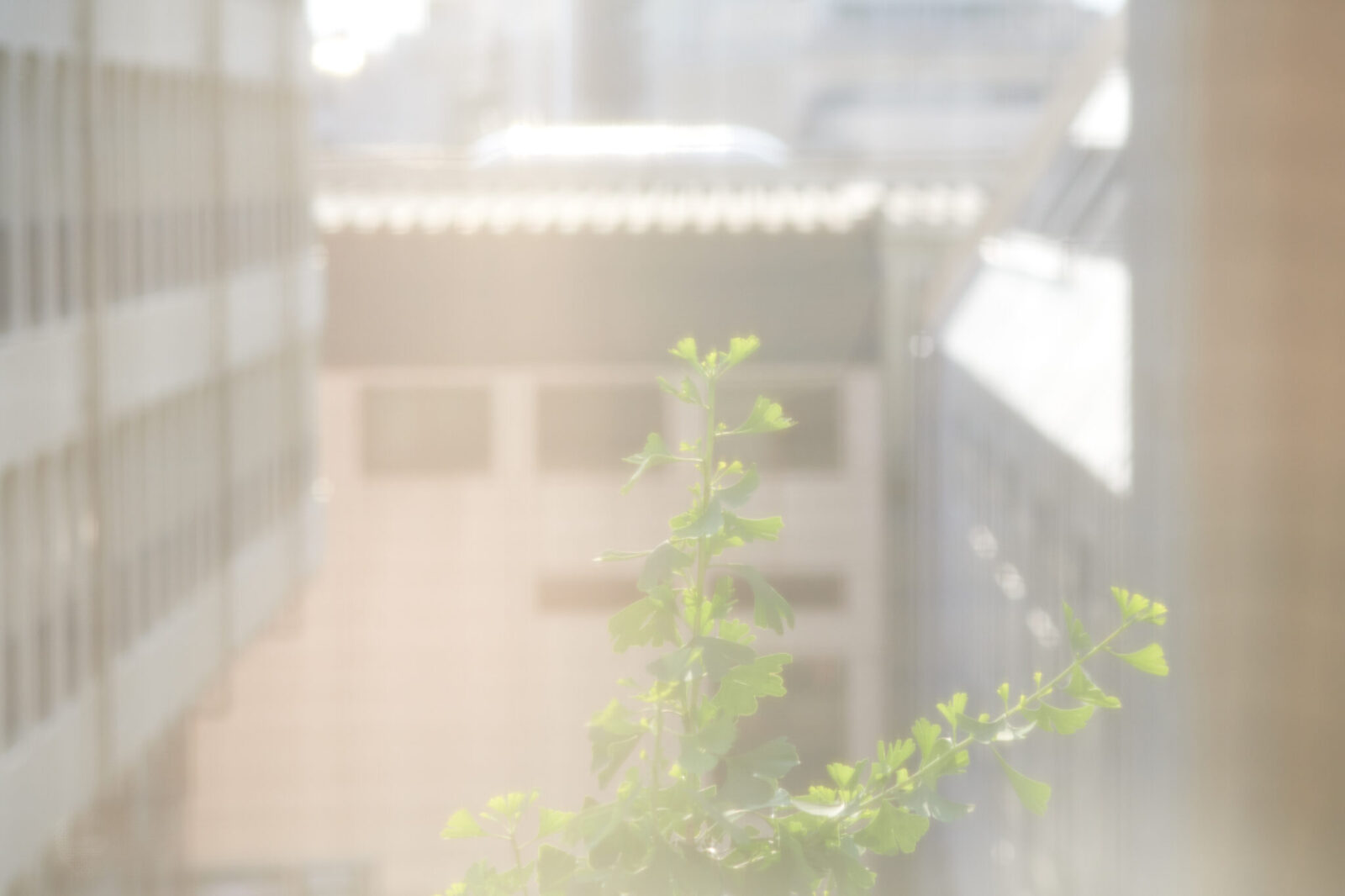
Fukushima: In the 19th century, Henry Thoreau idealized a way of life that was at one with nature. He lived in the woods and deepened his ideas by taking walks in nature. In other words, Thoreau used walking as a tool for contemplation, rather than alcohol.
Of course, it is difficult to live in the woods like Thoreau did. I know it would be impossible for me. (laughs) However, there is no doubt that people cannot deepen their thoughts through self-awareness alone, and we require some kind of outlet or tool.
For 18th century Englishmen, it may have been coffee or the company they found in coffeehouses and for Chinese poets it may have been alcohol. Either way, I don’t think human contemplation should be confined to either daytime cafes or night time drinking bars.
Uno: Emma Marris is famous for pointing out that Thoreau’s idea of “wilderness” and “untouched pristine nature” is an illusion in her book, Rambunctious Garden: Saving Nature in a Post-Wild World. She stated that humans have no choice but to garden the natural world to meet their needs.
I think her message is that humans need to construct their environment with their own hands. In other words, just as Thoreau sought nature and the natural world in the past, we need to create our own environment today to survive the current world we live in.
In the various places that we find ourselves, we need to incorporate things into our lives and control our own world to create and change the realities we live in. Striking a balance between “intoxication” and “awareness” without going too far on either side is what may be important to achieve this.
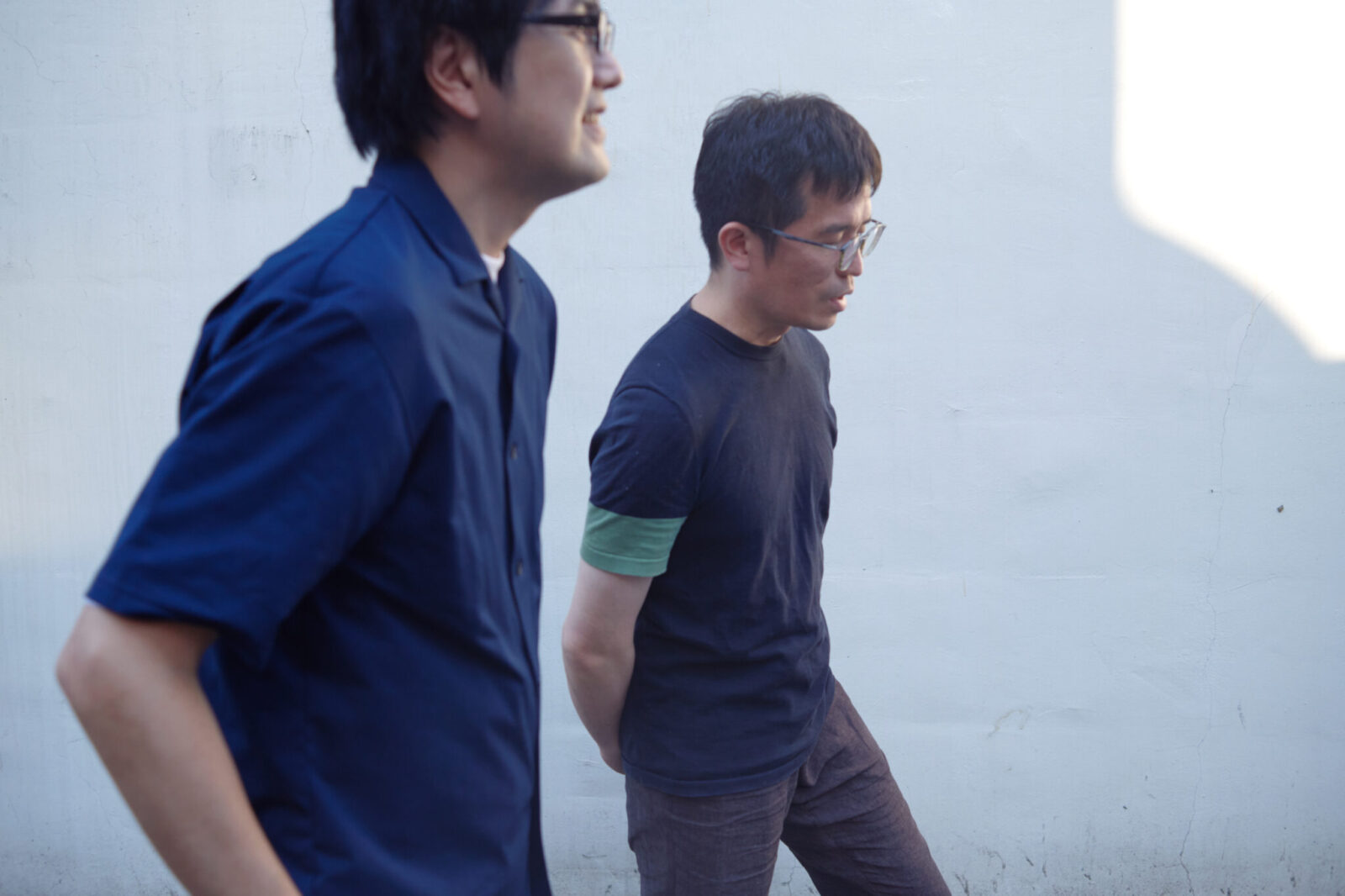
Translation: Sophia Swanson
Born in Toyama, Japan in 1990. Writer/Editor ←LocoPartners ←Recruit. Graduated from Waseda University, School of Cultural Planning. Writes for “designing,” “Slow Internet,” and other magazines. Editorial partner of “q&d. Likes basketball and coffee, and is a sucker for standing bars, snack bars, idle talk, and people who roll their own cudgels.
